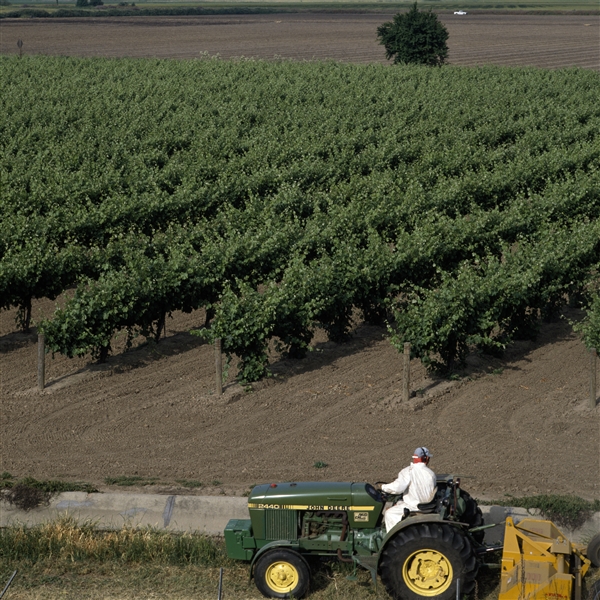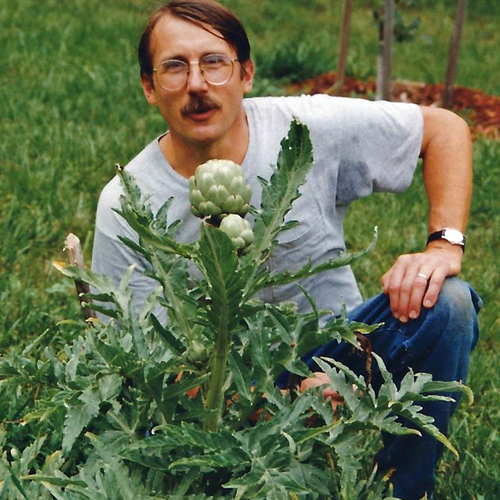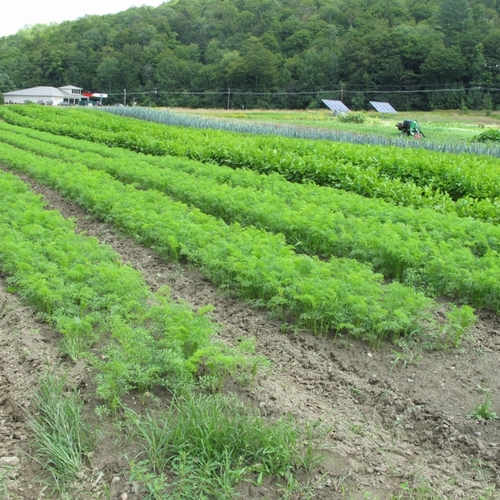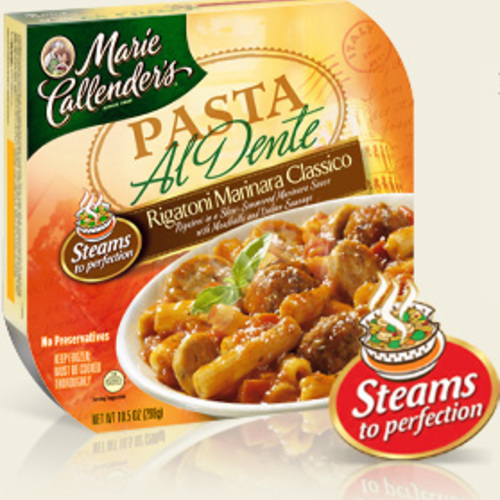
As I was putting some jelly on bread the other day, I got to thinking about how we get our food.
Industrial farms use petroleum-based fertilizer, harvest their crops with huge machinery or, often, by exploiting migrant workers, process and store the food in refrigerated containers, ship it across the country to distribution centers, then truck it to stores to which we drive our cars (sometimes many miles) to buy this “fresh” food.
Even if what we are buying would naturally grow in our local environment, usually it is produced somewhere else and shipped to us. In most places, fresh, local food is hard to find except at local farmers’ markets. When in season, the fruits and vegetables we buy there actually taste like they are supposed to. But we continue to buy them when they are out of season and usually bear only a vague resemblance to the in-season product. (I am not a big tomato eater, but I certainly wouldn’t bother with those pale red balls available in the winter. I definitely avoid overpaying for tasteless berries in the off season, even though I miss them.)
When the fresh stuff is not in season, we should be eating more of the naturally “processed” foods—jellies, nut butters, canned tomatoes, beans, etc., instead of paying too much for bad imitations that have been shipped half-way around the world to our supermarkets. Hopefully, these foods will someday be grown locally in large enough quantity so we can all taste them when they are perfectly fresh, then eat them out of jars and cans in the off season (or just remember how they tasted until they reappear next year).
We want the real thing, but we just can’t get it, so we settle for a pale imitation of the fruit we remember. How does this relate to buildings, and in particular, building green
Think back to how shelters were built in generations past—passive solar cave dwellings in the southwestern United States that stayed cool in the blistering sun and warm over cold nights, for example, and southern bungalows with wide porches to provide shade from the summer sun, open hallways for ventilation, and high ceilings to keep the living areas cooler.
Examples of appropriate regional architecture can be found everywhere, but building professionals have ignored them for years, instead re-creating English castles in the bayou, Mediterranean villas in the north, Cape Cods in the Pacific Northwest, and the list goes on.
We build homes with flat roofs and no overhangs where there are torrential rains, practically guaranteeing building failure. We take home designs out of their natural environment, ship them (theoretically) across the country to another climate and, poof, they start underperforming, just like the out-of-season fruit shipped across the country. Think of these incorrectly located buildings like out-of-season strawberries—they are pale imitations of the buildings they should be.
We need to get back to the basics by working to keep both our food and our buildings in their natural environments. We will be happier and healthier as a result.
Weekly Newsletter
Get building science and energy efficiency advice, plus special offers, in your inbox.















0 Comments
Log in or create an account to post a comment.
Sign up Log in